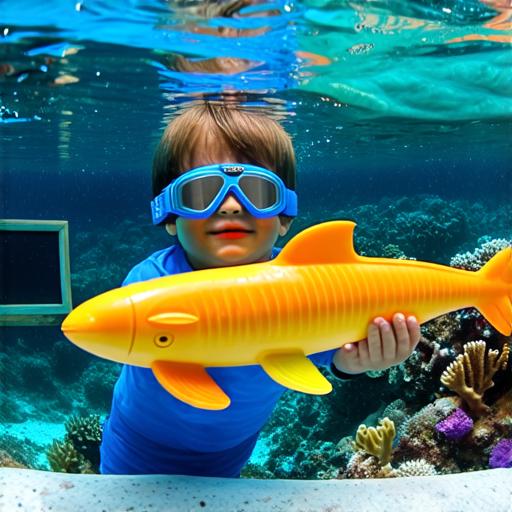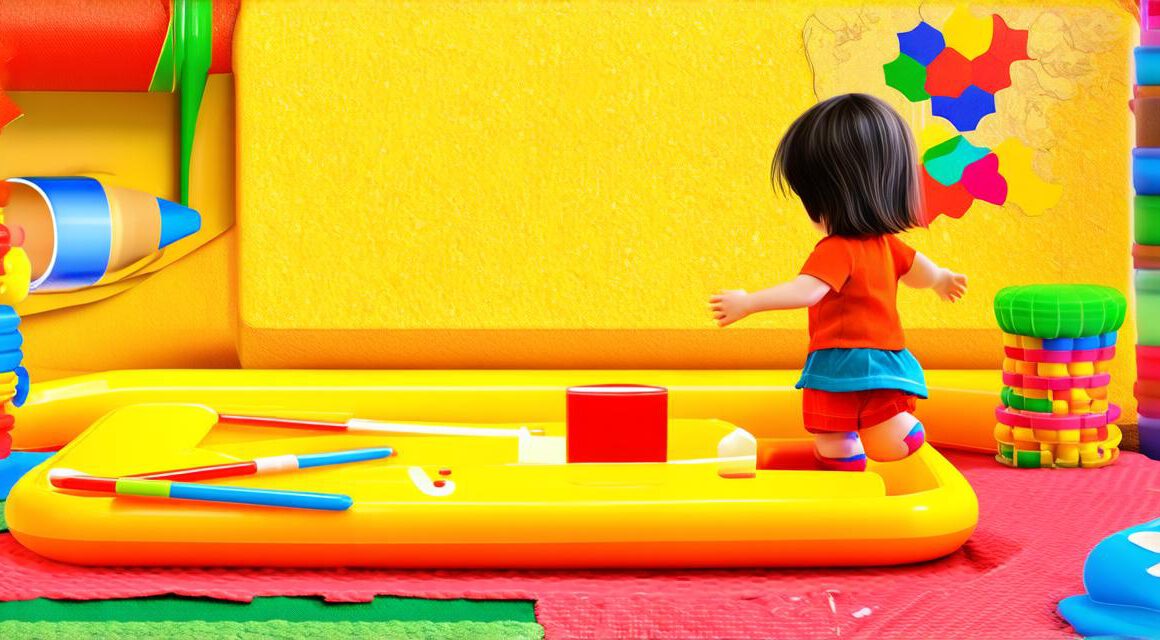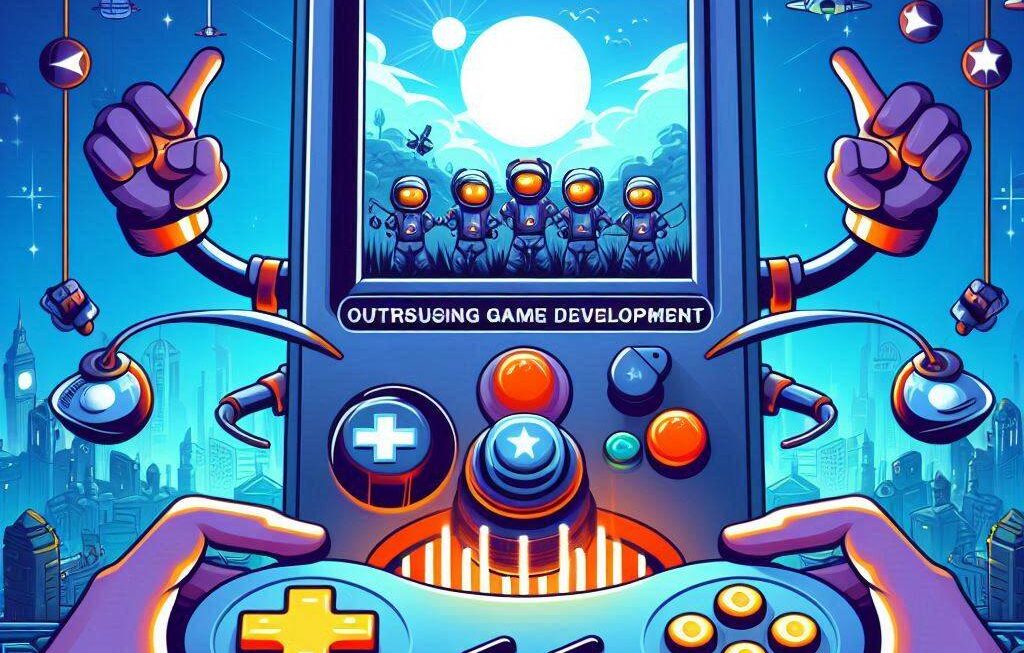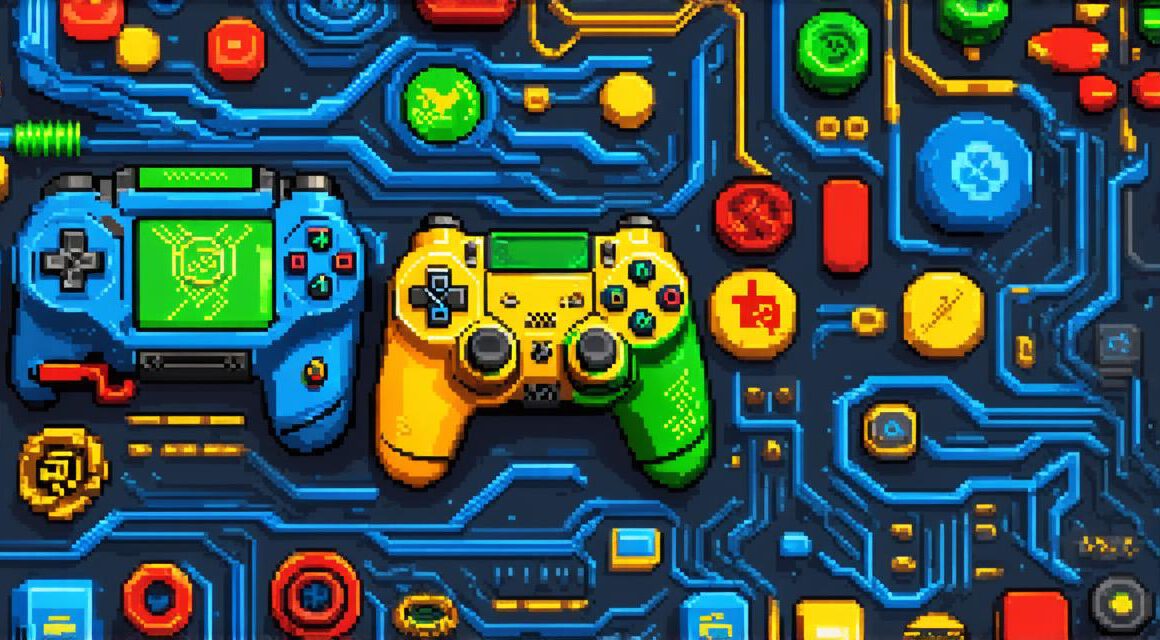Exploring the Depths: A Comprehensive Guide to Crafting Immersive Underwater Adventures in Game Development
The Allure of the Ocean’s Depths
The ocean is a mysterious and fascinating world teeming with life and beauty. To create an engaging underwater game, developers must capture this allure and convey it to players.
Marine Biology: A Foundation for Realism
Accurate representation of marine ecosystems and creatures is crucial for immersion. Developers should research marine biology to ensure their games are as realistic as possible.
Navigating the Deep: Control Mechanics
Navigation in underwater games can be tricky, but intuitive control mechanics are essential for a smooth player experience. Consider using a combination of movement controls and interactive objects to guide players through the ocean depths.
The Hidden World: Exploration and Discovery

Underwater exploration is about uncovering hidden worlds and discovering new species. Design games that encourage players to explore, interact with marine life, and learn about their habits and habitats.
Conservation through Entertainment
Use your game as a platform for educating players about marine conservation issues. Incorporate elements of environmentalism, such as cleaning up pollution or protecting endangered species.
The Role of Sound in the Ocean’s Symphony
Sound plays a significant role in underwater environments. Developers should use ambient sounds, music, and sound effects to create an immersive audio experience that complements the visuals.
Lighting: The Beacon in the Darkness
Lighting is essential for creating a sense of depth and atmosphere in underwater games. Use dynamic lighting effects to simulate the changing conditions of the ocean, such as sun rays filtering through the water or bioluminescence from marine creatures.
Testing and Iteration: The Key to Success
Test your game extensively with a diverse group of players to ensure it is engaging, educational, and enjoyable. Use their feedback to iterate on the design and mechanics.
Embracing Diversity in Marine Life
Include a wide variety of marine creatures in your game, representing the diversity found in real-world oceans. This can help players appreciate the beauty and importance of marine biodiversity.
FAQs
Q: What tools are best for creating underwater games?
A: There are numerous game development platforms suitable for creating underwater games, such as Unreal Engine, Unity, and Godot.
Q: How can I ensure my game is educational yet fun?
A: Balance education with entertainment by incorporating accurate marine biology, interactive exploration, conservation themes, immersive sound design, dynamic lighting, and intuitive control mechanics.
In Conclusion
Developing immersive underwater games is a journey of creativity, learning, and innovation. By understanding the allure of the ocean’s depths, embracing marine biology, mastering navigation and exploration, incorporating conservation themes, crafting immersive soundscapes, utilizing dynamic lighting, and testing extensively with players, you can create games that transport players to the wonders of the underwater world while educating them about marine life and conservation.



